Trusted Chimney Inspection for Homeowners
Regular chimney inspections are essential for ensuring the safety and proper functioning of wood-burning fireplaces and chimneys. They help identify potential issues before they become hazardous, reducing the risk of fire and smoke damage.
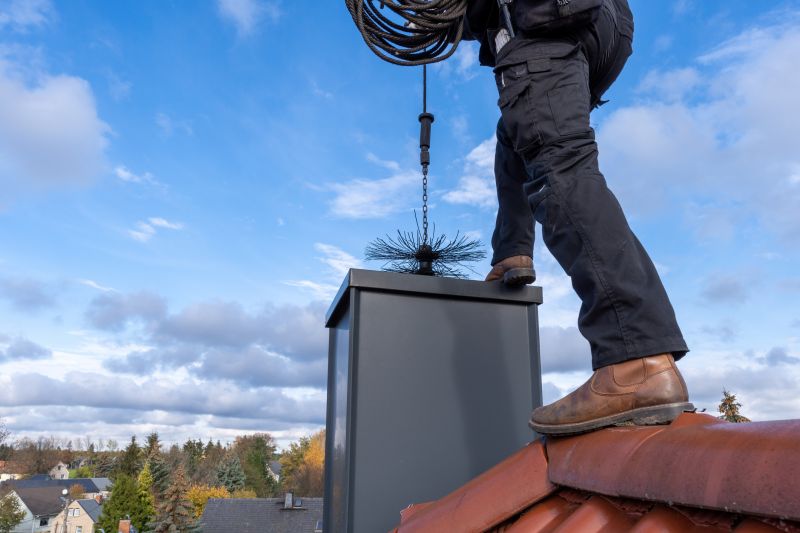
A chimney cap prevents debris, animals, and water from entering the chimney, protecting its integrity.

The liner directs smoke and gases safely outside and prevents heat transfer to combustible materials.
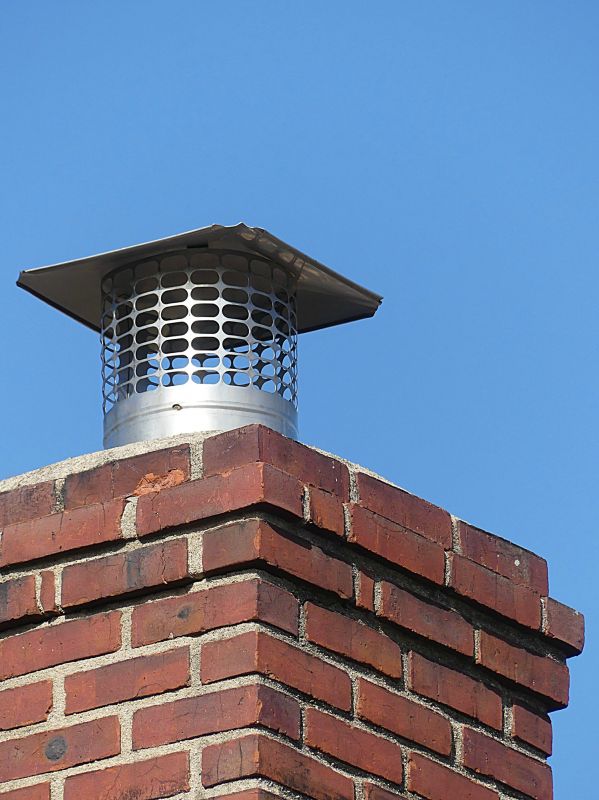
The damper controls airflow and helps regulate the fireplace's efficiency and safety.

Inspecting the interior ensures there are no obstructions or creosote buildup.
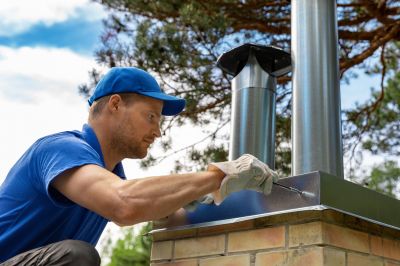
The crown seals the top of the chimney, preventing water infiltration.
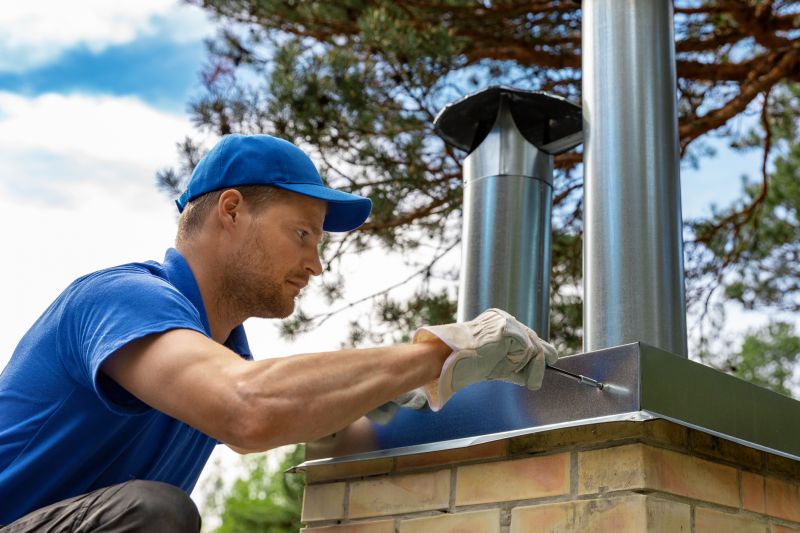
The flue directs smoke out of the home and must be free of blockages.

Exterior inspection reveals cracks or damages that could lead to leaks or structural issues.

Ensuring the hearth is intact and free of cracks is vital for safety.
Performing a chimney inspection helps detect issues such as cracked or damaged liners, blockages, creosote buildup, and deteriorated components. Addressing these problems can prevent dangerous situations like chimney fires, carbon monoxide leaks, and structural damage.
A properly installed chimney cap prevents debris and animals from entering, reducing fire risks and blockages.
The liner safeguards the home by containing heat and directing smoke outside safely.
A functional damper ensures efficient airflow and helps control the fire and smoke exit.
Inspecting crown, flue, and exterior masonry prevents water infiltration and structural deterioration.
Neglecting chimney inspections can lead to dangerous consequences, including fire hazards from creosote buildup, carbon monoxide poisoning from improper venting, and costly repairs due to structural damage. Regular inspections promote safety and longevity of the fireplace system.
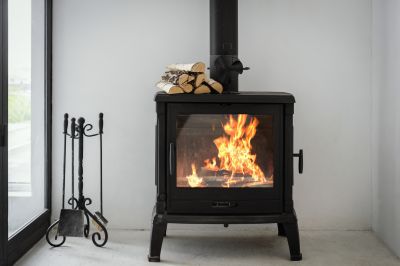
A well-maintained wood fireplace ensures efficient burning and safety.
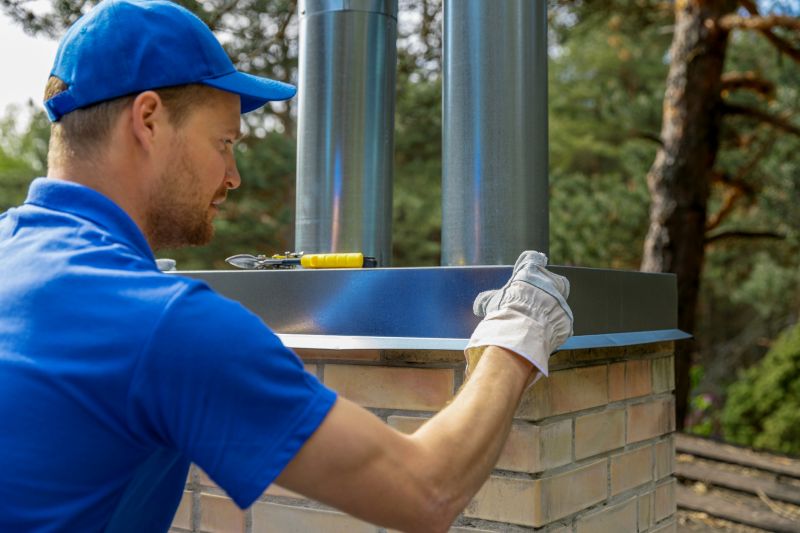
Inspection involves checking all components for damage or blockages.

Accumulated creosote can ignite and cause chimney fires if not cleaned.
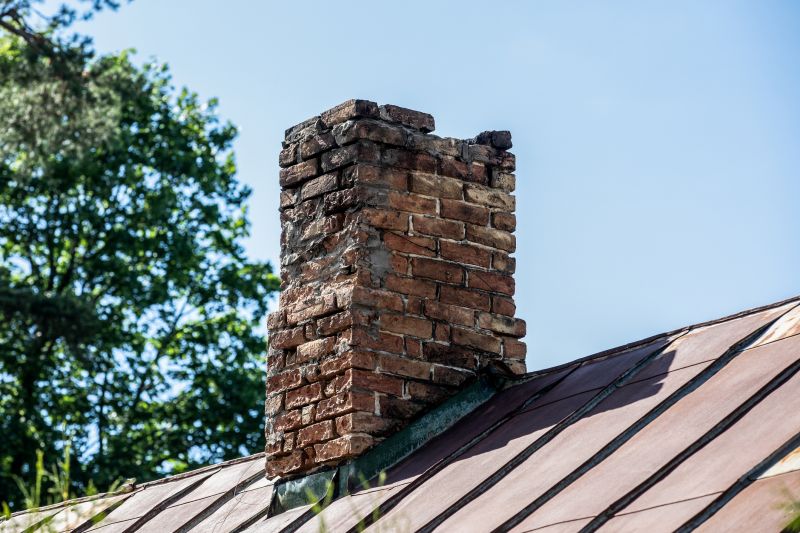
Cracks or deterioration in components can lead to leaks or fire hazards.
Ensuring the proper condition of a chimney and fireplace system is vital for safe operation. Regular inspections can identify issues early, preventing potential hazards and maintaining the efficiency of the fireplace.
Interested in scheduling a chimney inspection? Contact through the provided form to receive a detailed quote and ensure the safety and performance of the fireplace system.



